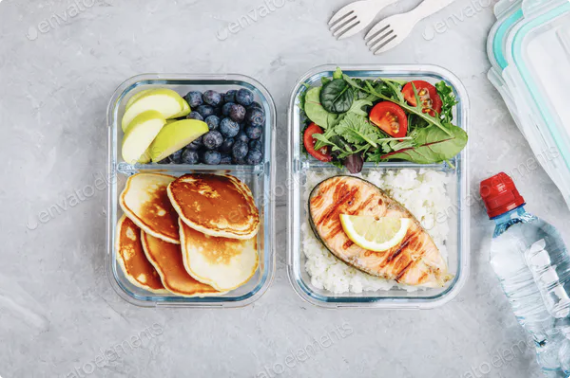When looking to lose body fat and get in great shape, a big area that people want to know more about is cardio. One of the first things you will be tempted to do is to increase your energy output through intense cardio sessions.
As a result, the focus shifts more towards burning as many calories as possible during those sessions and further away from having a sustainable plan that yields consistency and results. This can then lead to overworking your body and becoming frustrated that you are not where you want to be.
So, what areas do you need to prioritise for consistent fat loss? How much cardio should you be doing on a weekly basis?
Prioritising Weight Training
Many people who want to lose body fat do not have much muscle mass, to begin with. Furthermore, they are weak in key areas of the body, such as the quads, glutes, hamstrings, back and shoulders, meaning that, despite losing weight, they end up with a body that they are unhappy with. So, to have a better structure for your body, building muscle through resistance training is essential.
Your training sessions should be intense, challenging and focused on progression. However, you need to start with where your strength levels are at and build up over time. This can be done through machine exercises, where you don’t have to worry about balance and stability, and light dumbbell movements which focus on improving flexibility and mobility, along with strength.
By consistently doing resistance training as your primary source of exercise, you are going to build muscle (tone up), which will not only add a better structure and overall look to your body but also increase your fat-burning efficiency because the body requires lots of energy (calories) to maintain lean muscle tissue. Therefore, your Basal Metabolic Rate (the number of calories your body burns without you doing anything) will increase. Resistance training sessions themselves also burn lots of calories, so they are an essential part of the fat-burning process.
Improving Nutrition

The other priority that needs to come before cardio is your nutrition. Ultimately, the combination of a calorie-controlled, structured diet that revolves around being in a consistent calorie deficit for a long period of time, and an effective resistance training programme is what is going to be the key to you achieve. Your nutrition must be sorted first before thinking about the cardio you will do.
This involves having a structure of three meals per day, lean protein with each meal, plenty of green vegetables, and slow-releasing carbohydrates included in at least two of the meals. Supplement this with a protein shake and some fruit and you will be able to make great early progress. Once you have clarity on your structure, you can then move into calorie-tracking for more accuracy. Having a sustainable plan that you can stick to will be vital for results.
Improving Sleep, Stress, Digestion
This is an area that is crucial, not only to your fat loss progress but also to your overall health. A high-quality night’s sleep of 7-9 hours gives your body much-needed rest and recovery from your daily exercise and tasks, which is also crucial to progression. Furthermore, you produce a large portion of your growth hormone when you sleep, particularly in the first two hours. To build lean muscle tissue and burn fat efficiently, we need growth hormones, and as your growth hormone levels decrease gradually in your late 20’s, the importance of sleep then increases.

Sleep also produces Melatonin in the pineal gland and is involved in energy metabolism. It also balances your cortisol levels (the stress hormone that is part of our survival mechanism), and your levels of your insulin (the major hormone that controls your blood sugar levels), which is vital for your body to be able to rest and recover from your activity during the day. So, make sure that you are prioritising consistent, high-quality sleep – it is a gamechanger to your progression and health.
High-stress levels are another area that can affect many people’s progress. It can be caused by several things, such as lifestyle, poor sleep, poor emotional health, work, and a poor diet. The issue with increased stress is that it releases high cortisol levels, which can trigger a glucose intolerance in the body, which can encourage inflammation – something that is harmful to progression and overall health. Some of the areas that stress can affect include your immune system, neuroendocrine system (sex hormones), blood pressure, blood glucose levels, and the increased risk of developing metabolic syndrome.
Cardio As A Tool
Once these areas have been improved and you are being consistent, you can then look at adding some additional cardio into your routine. Many people believe that you need to add high-intensity work to make great progress, yet if your energy output is high from your intense resistance training sessions, this is unnecessary.
Simply by adding in some steady-state cardio, such as walking, cycling, swimming, you can increase your output without putting too much strain on your body, which can affect your recovery. This type of cardio can be used each day and gives you the chance of eating more food, given that your energy requirements will be higher.
Summary
So, if you want to progress with your fat loss goals, adding in some cardio would be a good idea. However, you must first prioritise progressing your resistance training and having an effective nutrition plan that you can stick to. Once you do that, cardio can be used as a tool to increase your energy output throughout the day and accelerate the fat-burning process.
Photo Credit: Envato Elements


